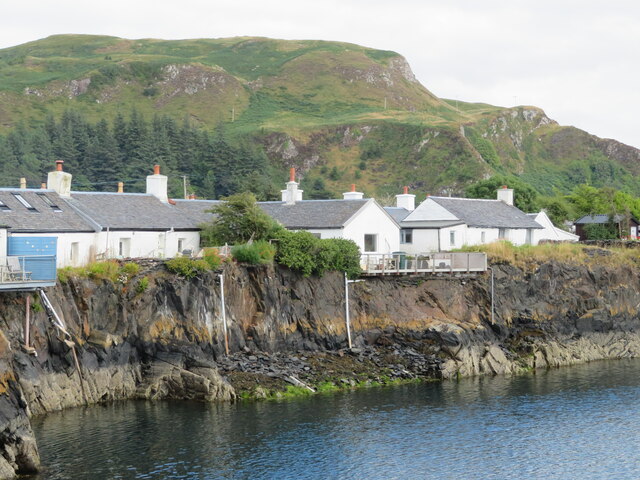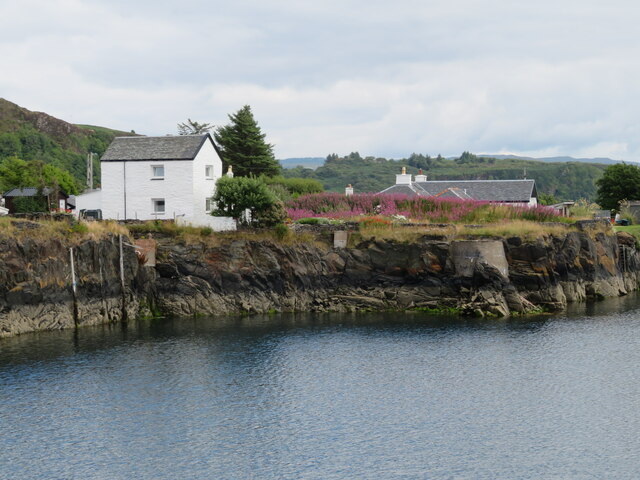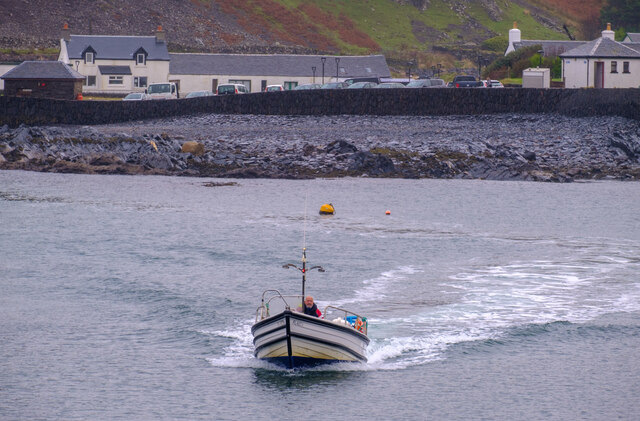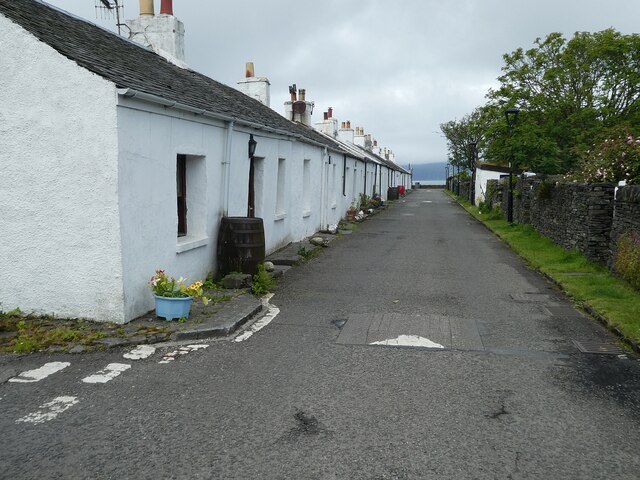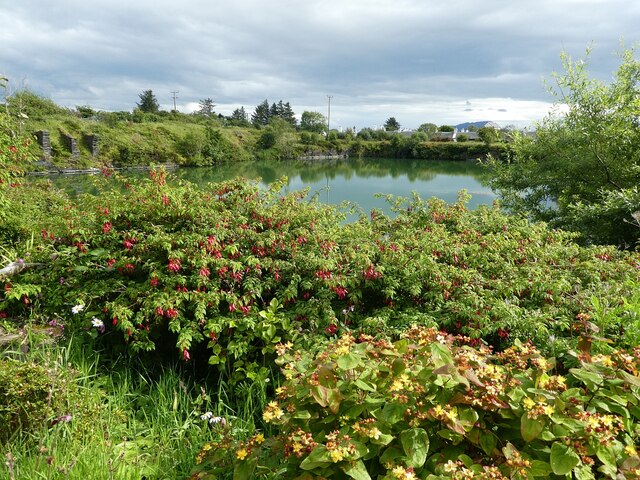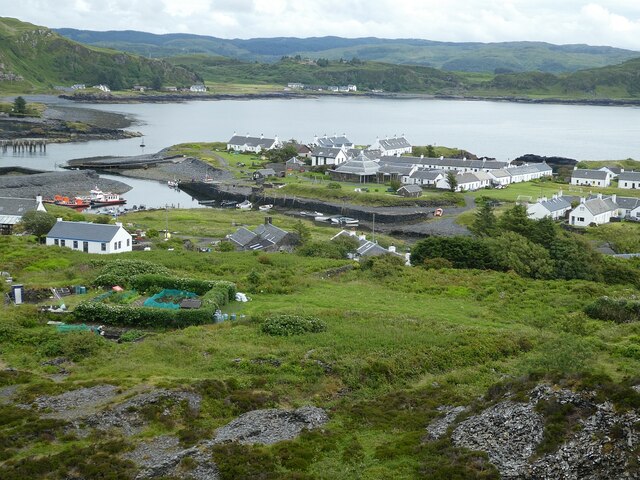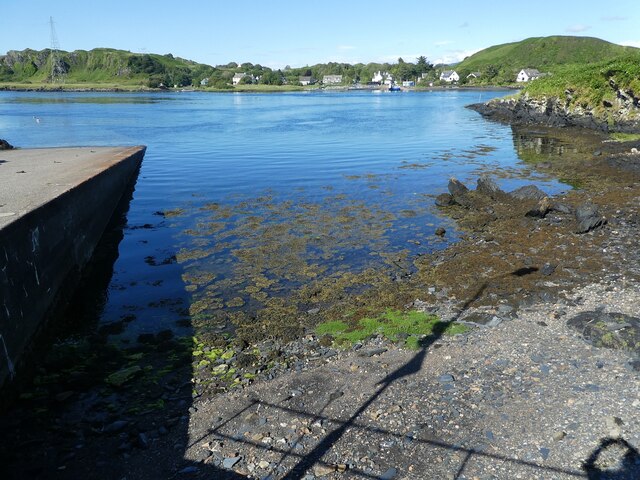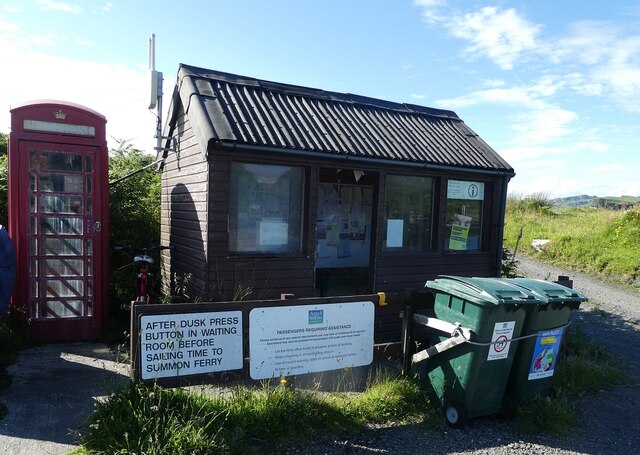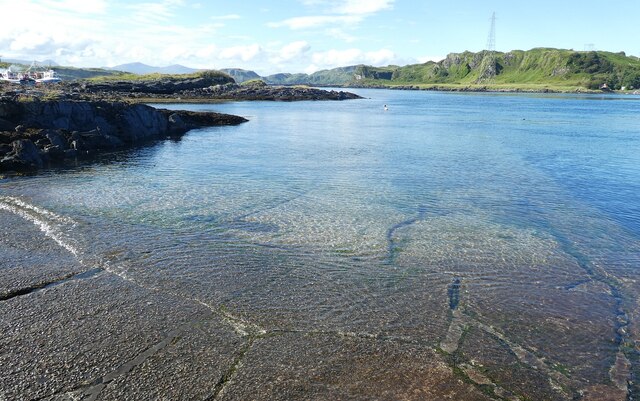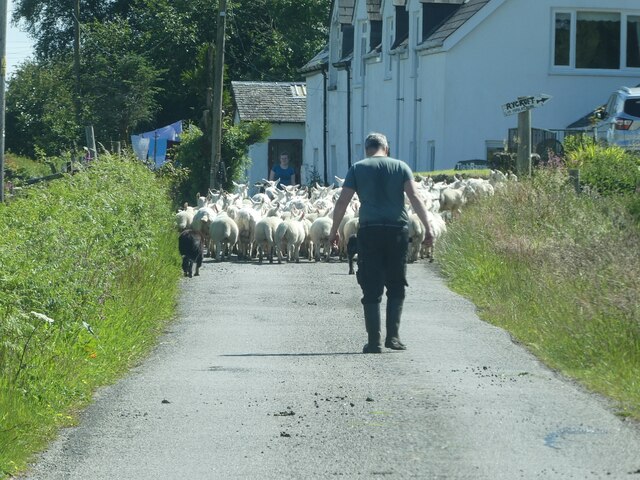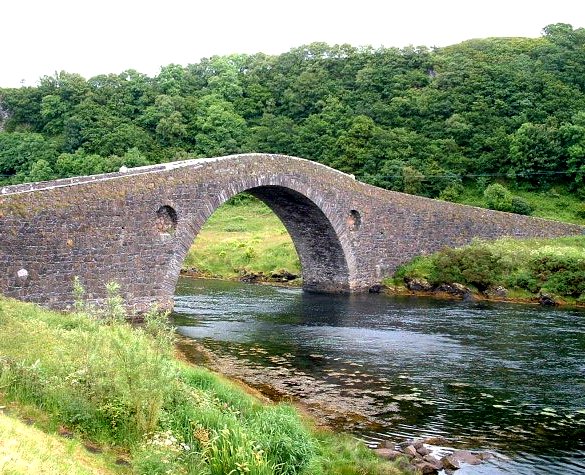Bàrr Mòr
Hill, Mountain in Argyllshire
Scotland
Bàrr Mòr
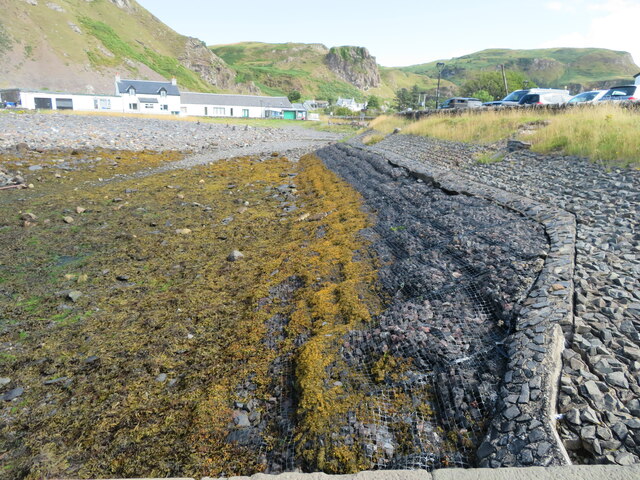
Bàrr Mòr is a prominent hill located in Argyllshire, Scotland. With an elevation of approximately 1,035 meters (3,396 feet), it is recognized as one of the highest peaks in the region. Situated in the western part of the country, Bàrr Mòr is a part of the Grampian Mountains, which stretch across the Scottish Highlands.
The hill is characterized by its steep slopes and rugged terrain, making it a challenging destination for hikers and mountaineers. Its distinctive shape and commanding presence make it a prominent landmark in the surrounding landscape. Bàrr Mòr offers breathtaking panoramic views of the surrounding countryside, including the stunning Loch Lomond and Trossachs National Park.
Due to its remote location, Bàrr Mòr provides an opportunity for visitors to experience the untamed beauty of the Scottish Highlands. The hill is often covered in heather and other vegetation, offering a diverse range of flora and fauna. Wildlife enthusiasts may spot various species such as red deer, mountain hares, and golden eagles in this area.
For those seeking outdoor adventures, Bàrr Mòr presents several routes for exploration. The ascent can be challenging, requiring navigation skills and appropriate equipment. However, the rewarding vistas and the sense of accomplishment make it well worth the effort.
Overall, Bàrr Mòr is a stunning hill in Argyllshire, Scotland, offering an unforgettable experience for outdoor enthusiasts and nature lovers alike.
If you have any feedback on the listing, please let us know in the comments section below.
Bàrr Mòr Images
Images are sourced within 2km of 56.283184/-5.6294774 or Grid Reference NM7516. Thanks to Geograph Open Source API. All images are credited.
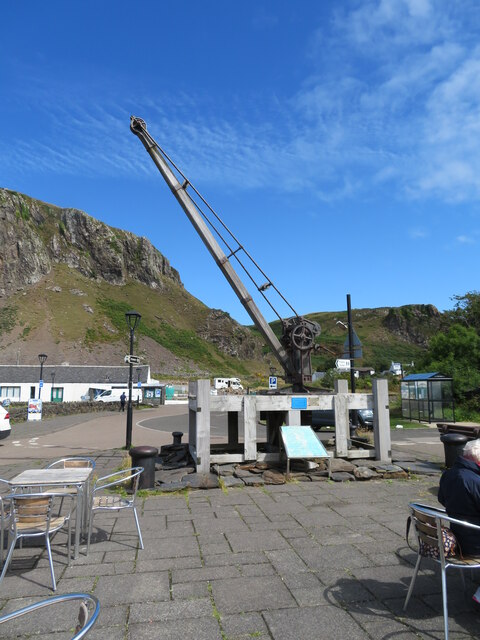
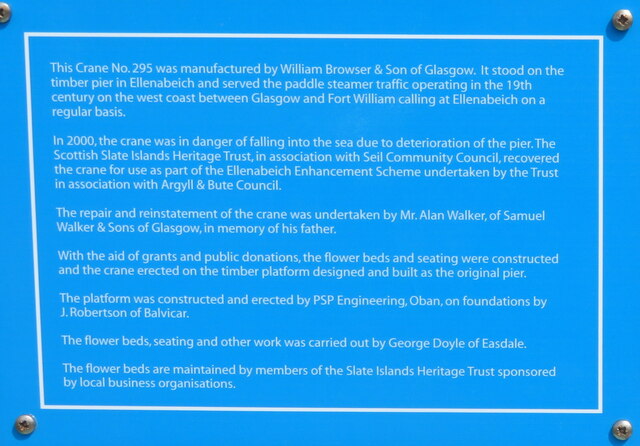
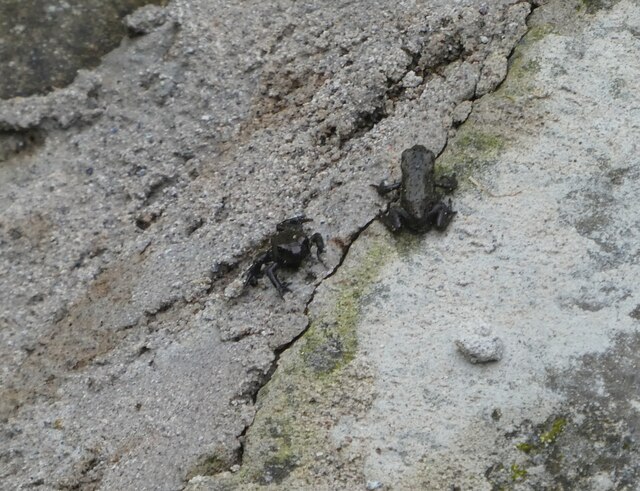
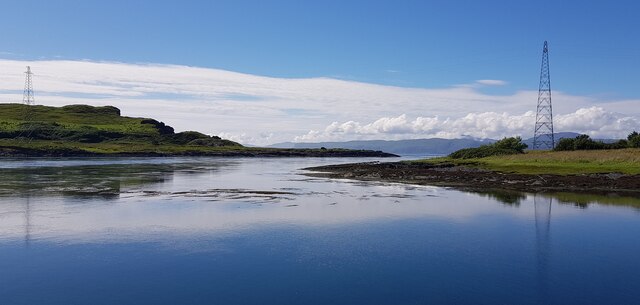
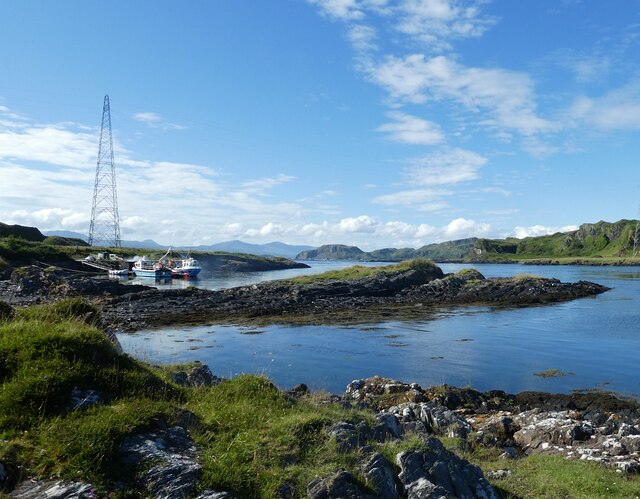
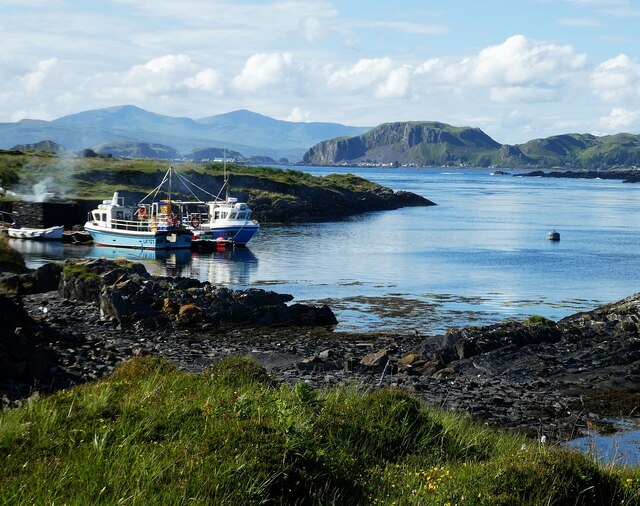
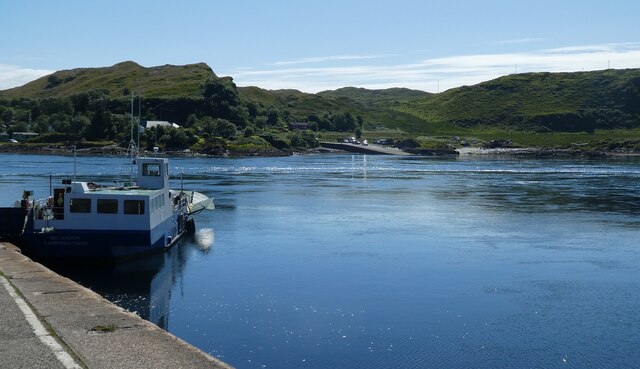
Bàrr Mòr is located at Grid Ref: NM7516 (Lat: 56.283184, Lng: -5.6294774)
Unitary Authority: Argyll and Bute
Police Authority: Argyll and West Dunbartonshire
What 3 Words
///different.rehearsed.agent. Near Lochbuie, Argyll & Bute
Nearby Locations
Related Wikis
Balvicar
Balvicar (Scottish Gaelic: Baile a' Bhiocair) is a village on the island of Seil, a small island seven miles (eleven kilometres) southwest of Oban, Scotland...
Cuan Sound
Cuan Sound is a narrow channel, 200 metres (660 ft) wide, located in Argyll, western Scotland. It separates Seil and Luing and later becomes the Firth...
Ellenabeich
Ellenabeich (Scottish Gaelic: Eilean nam Beitheach, meaning "island of the birchwoods.") is a small village on the isle of Seil (Scottish Gaelic: Saoil...
Seil
Seil (; Scottish Gaelic: Saoil, Scottish Gaelic pronunciation: [ˈs̪ɯːl]) is one of the Slate Islands, located on the east side of the Firth of Lorn, 7...
Easdale
Easdale (Scottish Gaelic: Eilean Èisdeal) is one of the Slate Islands, in the Firth of Lorn, Scotland. Once the centre of the Scottish slate industry,...
Torsa
Torsa (occasionally Torsay) is one of the Slate Islands in Argyll and Bute, Scotland. Lying east of Luing and south of Seil, this tidal island was inhabited...
Slate Islands
The Slate Islands are an island group in the Inner Hebrides, lying immediately off the west coast of Scotland, north of Jura and southwest of Oban. The...
Clachan Bridge
The Clachan Bridge is a simple, single-arched, hump-backed, masonry bridge spanning the Clachan Sound, 13 kilometres (8 mi) southwest of Oban in Argyll...
Nearby Amenities
Located within 500m of 56.283184,-5.6294774Have you been to Bàrr Mòr?
Leave your review of Bàrr Mòr below (or comments, questions and feedback).
